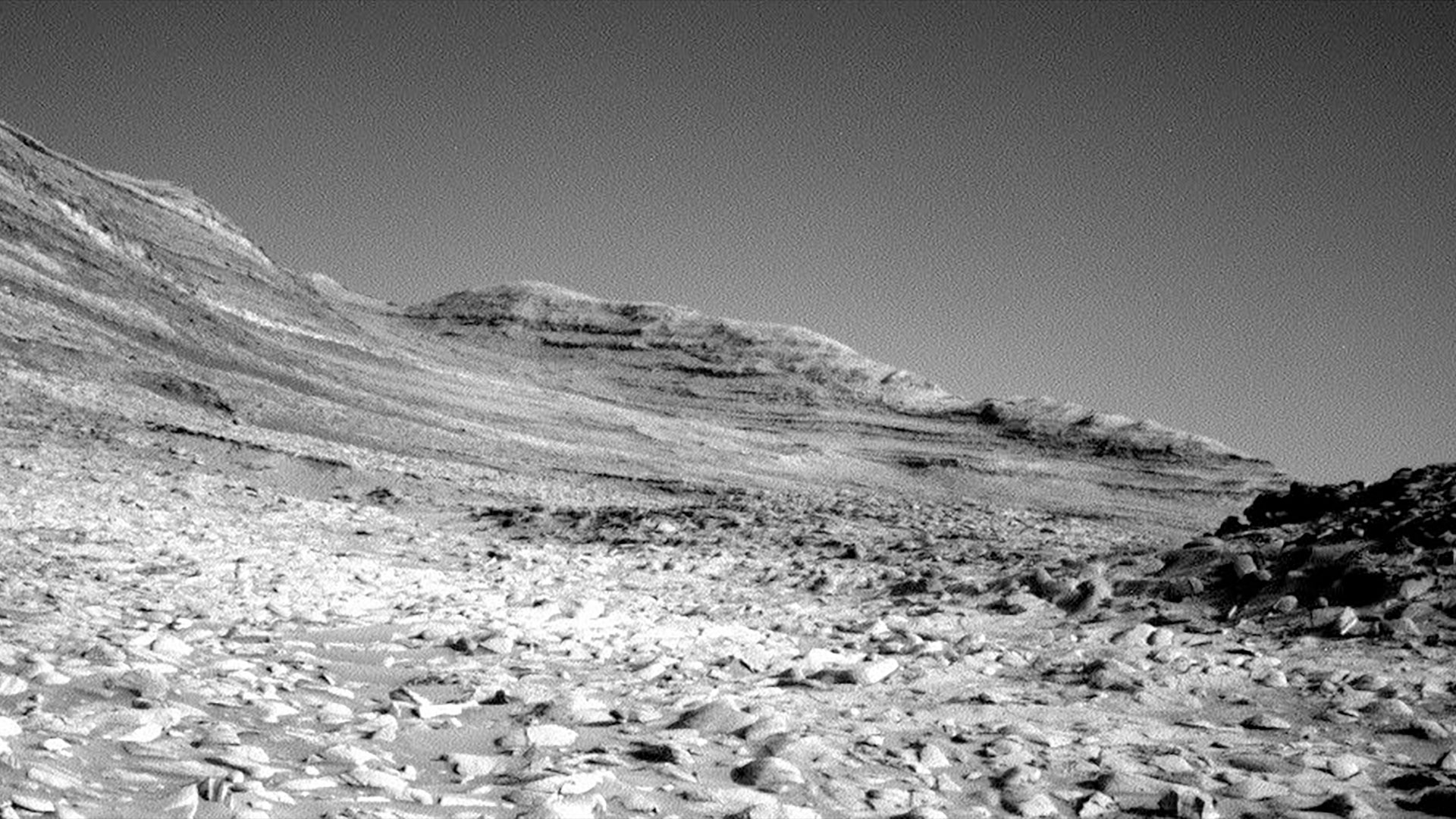30-Year Saturn Odyssey: From NASA’s Voyagers to Cassini Today

It's been 30 years since NASA's twoVoyager spacecraft firstvisited Saturn, but the legacy of the discovery created by the probesstilllingers at the ringed planet today.
Voyager 1 made its closest flyby ofSaturn 30 years agotoday (Nov. 12) and its sister craft, Voyager 2, followed suit nearly ayearlater on Aug. 25, 1981. The two probes discovered six previouslyunknown ? and small? moons, offered a glimpse into the dynamics of Saturn's rings andconfirmedthat Titan, Saturn's largest moon, has a thick, nitrogen-richatmosphere. [Images:Voyager's Photo Legacy.]
These findings alone openedastronomers' eyes to therichness of the Saturn system. But the Voyager encounters sparked somany newquestions that another spacecraft, NASA'sCassini orbiter, was sent to probe those mysteries twodecades later,researchers said.
"When I look back, I realize howlittle we actuallyknew about the solar system before Voyager," said Ed Stone of Caltech,aproject scientist for the Voyager mission back in the day. "Wediscoveredthings we didn't know were there to be discovered, time after time."
While the Cassini mission has been acooperative effortbetween NASA, Italy and the European Space Agency ? which built a Titanlanderthat rode piggyback on Cassini ? the twin Voyager probes launched in1977 solelyas NASA missions are, today, thespacecraft farthest from Earth.
Trailblazers at Saturn
Voyager 1's closest approach toSaturn in 1980 brought theprobe to within 78,300 miles (126,000 kilometers) of the planet's cloudtops,and Voyager 2 came within 62,600 miles (100,800 km). The two closeencounters ?part of a broader "grand tour" of the outer solar system ? revealed aSaturn scientists had never seen before. [Top10Voyager Probe Facts]
Get the Space.com Newsletter
Breaking space news, the latest updates on rocket launches, skywatching events and more!
Voyager photos, for example, showedhuge storms roiling Saturn'satmosphere ? something that Earth-based telescopes hadn't picked up,researchers said. And the spacecraft also discovered strange kinkedpatterns inSaturn's F ring, discovered only the year before by NASA's Pioneer 11probe.
The two Voyagers also revealed thatthe surface ofEnceladus, Saturn's sixth-largest moon, was surprisingly young inplaces,pointing toward recent geological activity.
Scientists used Voyager observationsto resolve debates overwhether Titan's atmosphere is thick or whisker-thin. The Voyagers foundTitanto be shrouded in a thick haze of hydrocarbons in a nitrogen-richatmosphere,leading scientists to predict that seas of liquid methane and ethanemight dotthe moon's surface, researchers said.
"It was clear Voyager was showing ussomethingdifferent at Saturn," Stone said. "Over and over, the spacecraftrevealed so many unexpected things that it often took days, months andevenyears to figure them out."
Cassini: Saturn revisited
After the success of the Voyagerflybys, Saturn was againalone until 1997. That was when NASA launched the Cassini spacecraft,whicharrived at the ringed gas giant in 2004 and has been following up onVoyager'sobservations and blazing new trails ever since.
Cassini has helped astronomers answersome of the questionsthe Voyager flybys raised, NASA said in a statement. The probe hasdiscovered amechanism, for example, that explains the young terrain on Enceladus:tiger-stripe fissures that blast out jets of water vapor and organicparticles.
Cassini has also revealed that Titandoes indeed have stablelakesof liquid hydrocarbons on its surface, showing what a closeanalog thatfrigid moon may be to a young Earth. The probe has resolved how twosmall moonsdiscovered by Voyager ? Prometheus and Pandora ? tug on the planet's Fring tocreate its strange, kinked shape, researchers added.
"Cassini is indebted to Voyager forits manyfascinating discoveries and for paving the way for Cassini," said LindaSpilker, Cassini project scientist at JPL, who started her careerworking onVoyager. "On Cassini, we still compare our data to Voyager's andproudlybuild on Voyager's heritage."
Saturn mysteries still linger
Cassini's main mission to Saturnended in 2008 and theexpedition has been extended twice, with the probe scheduled to finishitsstudies of the planet in 2017.
That extension is key because theVoyager probes left a fewmysteries that Cassini has still not yet solved.
For instance, scientists firstspotted a hexagonal weatherpattern when they stitched together Voyager images of Saturn's northpole. Decadeslater, Cassini obtained higher-resolution pictures of the odd weatherformation, which suggests remarkably stable structure. But researchersstilldon't know what is causing the atmospheric oddity.
The two Voyager spacecraft launchedin 1977 with the primaryaim of exploring Jupiter and Saturn. But both probes kept on flyingafteraccomplishing this task.
Between them, the two spacecraftexplored the solar system'sgas giants ? Jupiter, Saturn, Uranus and Neptune ? and 48 of theplanets'moons, according to NASA officials.
Voyager 1 and 2 are still going,exploring the outer reachesof the solar system. They've both made it to the outermost layer of theheliosphere, where the solarwind is slowed by the pressure of interstellar gas. Voyager 1is about 11billion miles (17 billion km) from the sun, while Voyager 2 is about 9billionmiles (14 billion km) away, researchers said.
Even as the most distant human-builtobjects in space, both Voyagerprobes are still making scientific observations and beaming data home,according to NASA officials.
- Gallery:Voyager's Photo Legacy
- Top10 Voyager Facts
- Gallery:Cassini's Latest Discoveries
Join our Space Forums to keep talking space on the latest missions, night sky and more! And if you have a news tip, correction or comment, let us know at: community@space.com.

Space.com is the premier source of space exploration, innovation and astronomy news, chronicling (and celebrating) humanity's ongoing expansion across the final frontier. Originally founded in 1999, Space.com is, and always has been, the passion of writers and editors who are space fans and also trained journalists. Our current news team consists of Editor-in-Chief Tariq Malik; Editor Hanneke Weitering, Senior Space Writer Mike Wall; Senior Writer Meghan Bartels; Senior Writer Chelsea Gohd, Senior Writer Tereza Pultarova and Staff Writer Alexander Cox, focusing on e-commerce. Senior Producer Steve Spaleta oversees our space videos, with Diana Whitcroft as our Social Media Editor.









